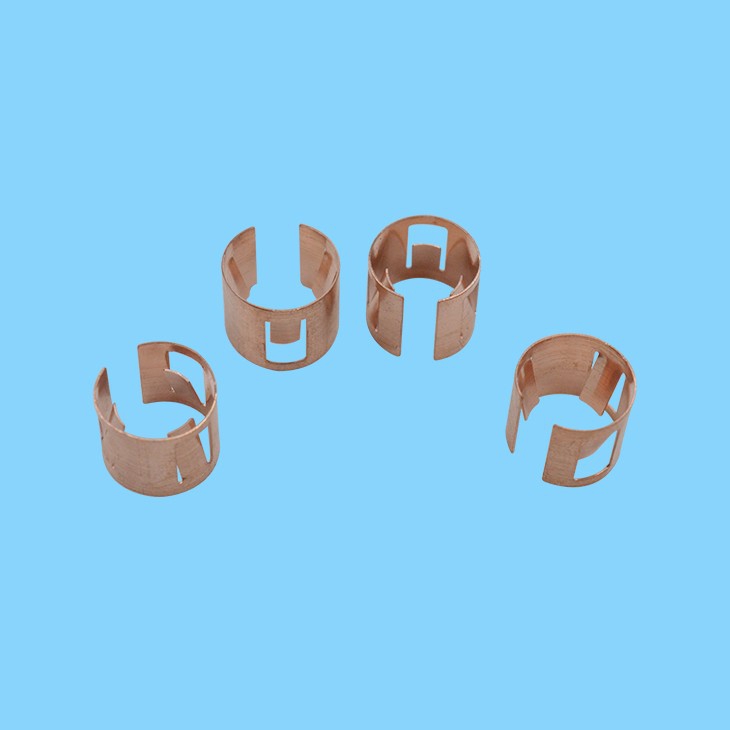

Address: Floor 1, Building 2, Quanshengchang Industrial Park, Buyong Shajing Road, Shajing Street, Shenzhen
Contact: Mr. Li 18681482740
Email: lilinhan1314@126.com
Website: www.daichungua.cn
1. Contact shrapnel provides a path for conducting electrical communication between components. All of these need to be docked with contact shrapnel. In fact, all of these designs demonstrate particularly docking with a contact fragment called a 25 square, which is square in shape and has a side length of 0.025 inches. The appearance of the guide pillar and the terminal is different. The guide pillar is square, while the terminal is round.
2. The first effect of creating and maintaining pressure on the contact surface of the contact fragments is to form a stable contact. As long as commonly used copper or copper alloy materials are used, satisfactory results can be easily achieved. Although the conductivity of copper alloys is not very low, only 10% to 30% of copper conductivity, for most connectors, this conductivity is already sufficient. However, the conductivity of materials does play an increasingly important role in connectors used for high current or energy distribution, as the specified temperature rise caused by heat transfer and micro electrical voltage drop in such connectors requires lower impedance. The other two functions are much more complex and involve the interaction between material properties and design parameters. Contact shrapnel includes two basic types: socket shrapnel, usually elastic; Plug shrapnel, usually rigid, causes elastic deformation of the socket shrapnel, resulting in fixation force.
3. It is necessary to comprehensively consider the various properties of the contact fragment material and strive to achieve balance. For separable contact interfaces, the main function of contact spring elasticity is to provide a contact force between two plug-in surfaces. Material properties refer to the Young's modulus and yield limit. These properties seriously affect the performance and amount of elastic migration. The yield limit is also important as it can reduce insertion and extraction forces. However, the elastic strength must correspond to manufacturing and curling performance. For example, the mechanical strength used to provide elastic contact forces on the mating surface (measured by yield limit) is opposed to the formability and forging performance. The following chapters will discuss this one by one.